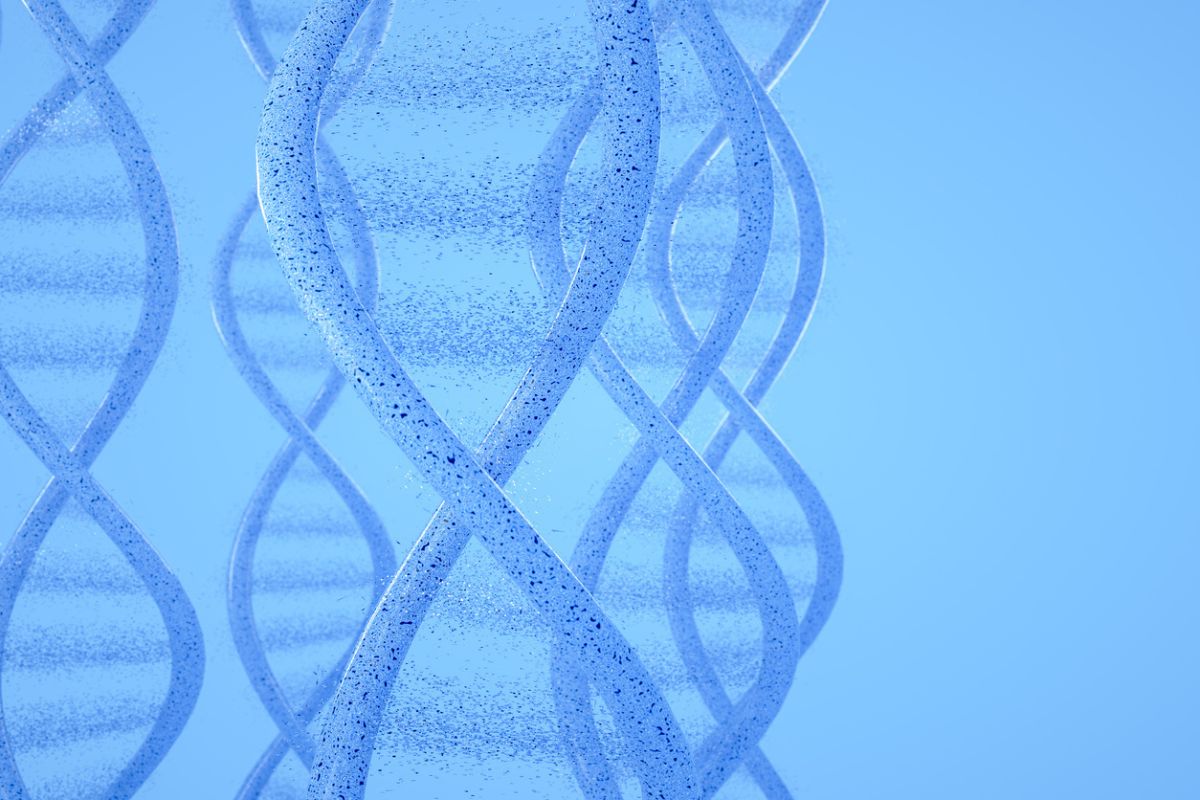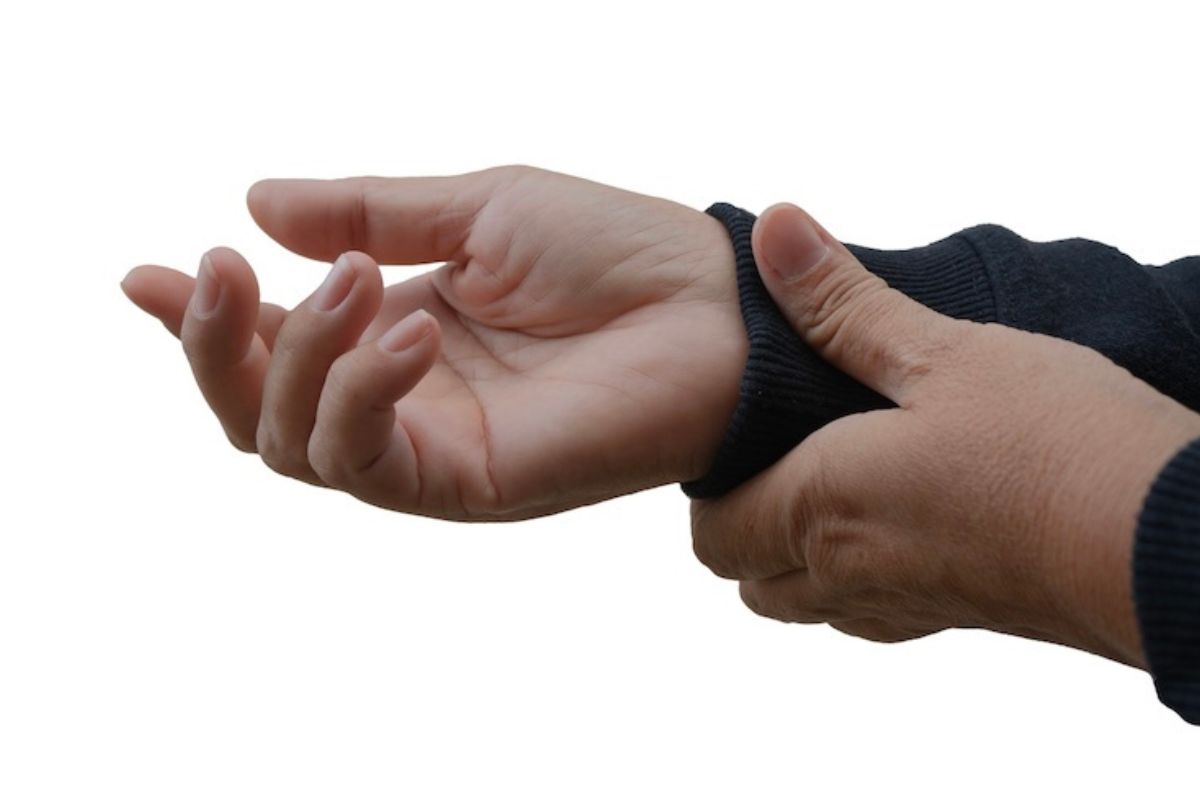Like a well-executed card trick, a new study on the minds of magicians conjures up some unexpected findings. By redirecting the spotlight from stage to psyche, the Aberystwyth University study challenges the conventional perceptions of creativity and mental health.
Burden on Caregivers of Patients With Schizophrenia
Earlier Use of Long-Acting Injectable Paliperidone Palmitate Versus Oral Antipsychotics
Methodology Unveiled
The study recruited 195 magicians and a control group of 233 individuals from the general population. Participants completed measures of schizotypal traits using the Oxford–Liverpool Inventory of Feelings and Experiences and autism traits using the Abridged Version of the Autism-Spectrum Quotient. Additionally, the researchers assessed creative self-efficacy and identity to understand their correlation with psychotic and autistic traits.
Schizotypal traits typically include eccentric behavior, odd beliefs or magical thinking, unusual perceptual experiences, ideas of reference, social anxiety, and a tendency towards paranoia or suspiciousness. These traits can vary in intensity and don’t necessarily indicate a full-blown disorder.
Characteristics commonly associated with Autism Spectrum Disorder, such as challenges in social interaction and communication, repetitive behaviors, strong adherence to routines, and intense interests or focus on specific subjects, are often accompanied by sensory sensitivities. These too can vary widely in their individual expression and intensity.
Psychotic traits include symptoms like delusions, hallucinations, and disordered thinking, affecting a person’s perception and understanding of reality.
Magicians scored lower than the general population on three of the four schizophrenia measures. However, they didn’t differ significantly in terms of autism scores. They scored higher on creative self-efficacy and creative personal identity. Compared to other creative groups such as artists and musicians, magicians showed largely lower scores on schizotypal traits, though there was a positive correlation between originality in magic and unusual experiences, creative self-efficacy, and creative identity.
Prior research has suggested a link between creativity and psychopathology, particularly in creative professions, but magicians present a unique case due to their blend of creativity and performance skills. But this is the first study to identify a creative group with lower scores on psychotic traits compared to the norm.
Creative Differences
The brains of the magicians seem to have complex associations between creativity and mental disorders that stand out among artistic types. In fact, the study found that the prestidigitators’ psychological profiles were closer to those of scientists and mathematicians in terms of schizotypy and lower levels of certain psychotic traits.
Magicians showed low scores on impulsive nonconformity, a trait linked to anti-social behavior and lower self-control. These traits may serve other creative groups by helping them innovate. However, many magicians perform familiar tricks without feeling the need to stray too far from the original concept.
According to study’s lead author, Gil Greengross, magicians challenge the view that creativity is always associated with higher levels of psychopathology.
“Our research shows that members of at least one creative group, magicians, do not exhibit higher levels of mental disorders. The results demonstrate that the association between creativity and psychopathology is more complex than previously thought, and different kinds of creative work could be associated with either high or low psychoticism or autistic traits,” he said. Greengross is a professor in the department of psychology at Aberystwyth University.
Dr Greengross went on to explain that what distinguishes magicians from most other creative people is that they not only create their own magic tricks, they also perform them. In contrast, most creative groups are either creators or performers. For example, poets, writers, composers and choreographers invent art for others to translate while actors, musicians and dancers interpret the creation of others. Magicians, like comedians and singer-songwriters, are one of the rare groups that do both.
Another thing that sets magicians apart — no margin of error. An actor can flub a line and recover but magic tricks are largely ‘all or nothing’ acts that culminate in an ‘aha’ moment of surprise and awe.
“Failed magic tricks leave a greater impact than unfunny jokes, and are harder to compensate for, as they are few and far between,” Greengross pointed out.
Bottomline: not all creatives must suffer for their art. Magicians at least, appear to know the trick for balancing mental health with performance.



